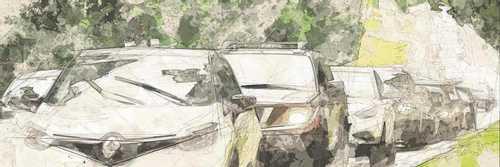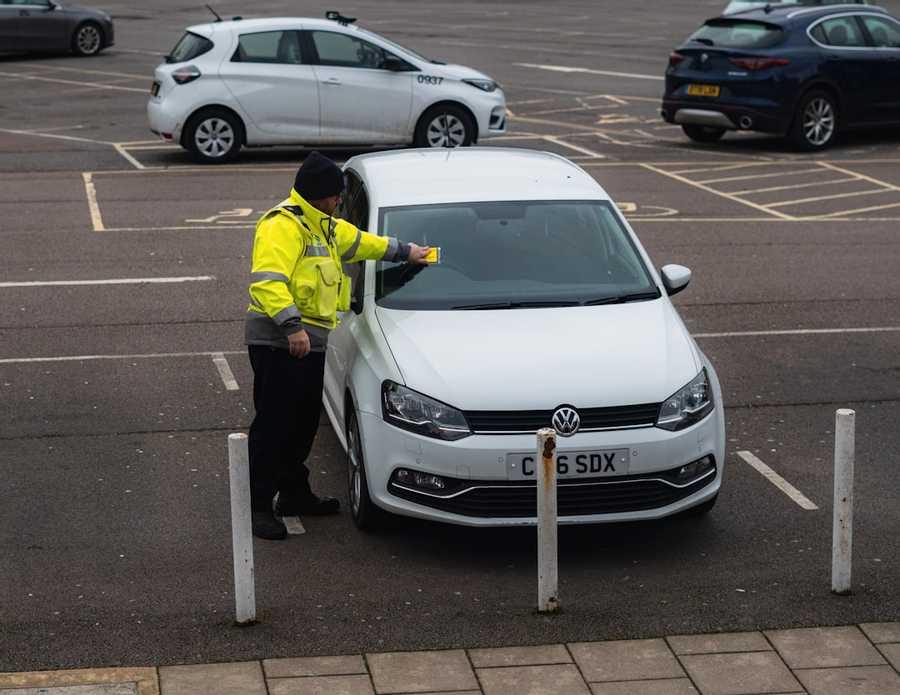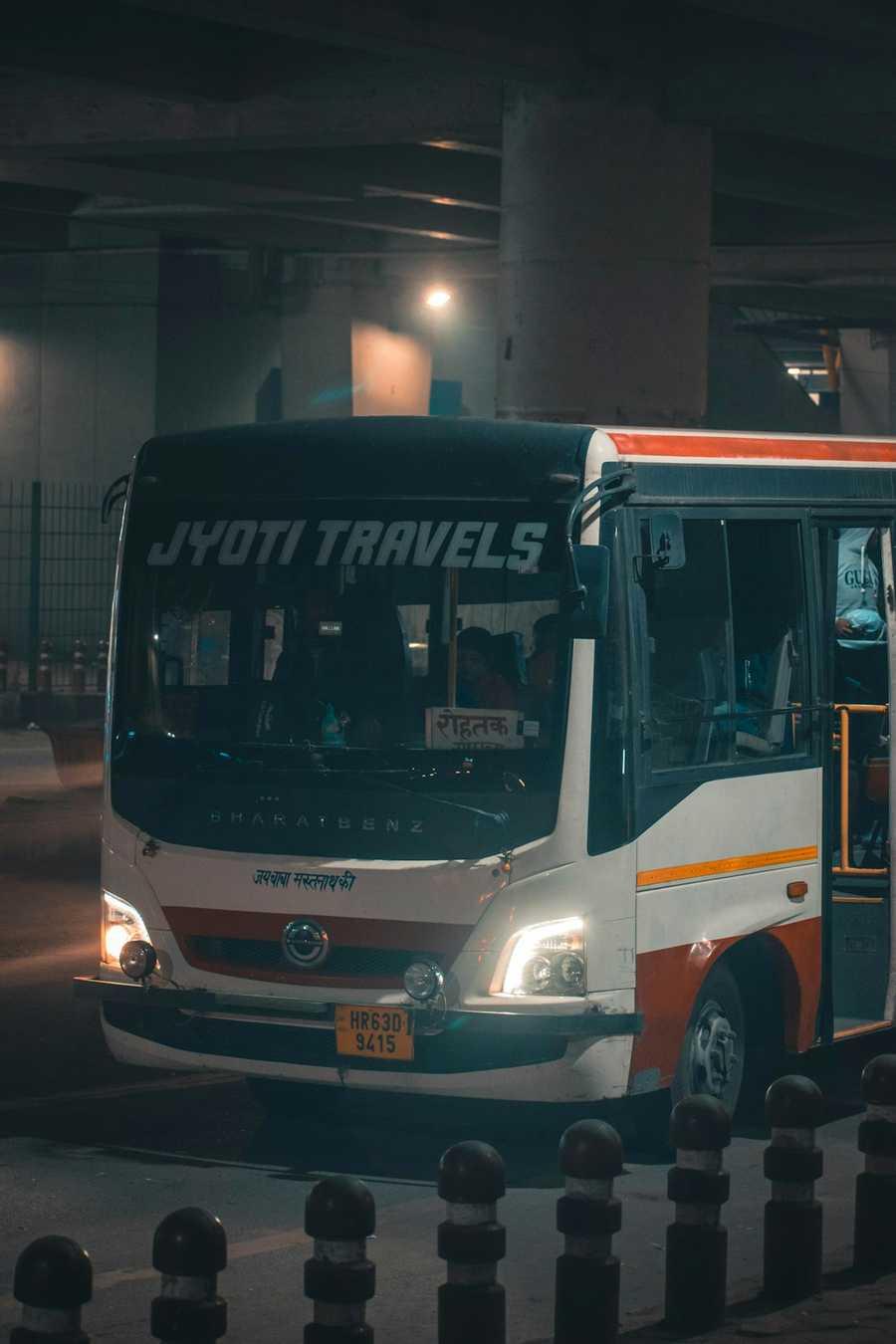Reducing Traffic Congestion and Pollution in Urban Areas
Curated from: smartertransport.uk
Ideas, facts & insights covering these topics:
13 ideas
·176 reads
2
Explore the World's Best Ideas
Join today and uncover 100+ curated journeys from 50+ topics. Unlock access to our mobile app with extensive features.
Introduction
Temporary measures free up road capacity that is soon filled by induced demand: people adapt their lifestyles to prevailing road conditions. Such measures are therefore worth pursuing only if they either buy time or lay the foundations for more radical interventions.
Virtuous measures start a feedback loop that induces more and more people to make a modal shift away from driving. Making a bus service more convenient or cheaper will increase patronage, which means that the service can be run more frequently and for longer hours, making it convenient and attractive to more people.
5
96 reads
Interventions to reduce traffic congestion
Modern, sophisticated initiatives that are better than typical ‘big ideas’ include:
- Optimise traffic-light management
- Use CCTV to monitor road conditions
- Enforce existing road traffic laws
- Improve perceptions of buses
- Extend residents’ parking zones
- Charge for workplace parking
- Improve cycling infrastructure
- Improve bus services
- Develop and refine park-and-ride
- Use Inbound Flow Control
- Rationalise distribution and deliveries
- Existing rail network
- Light rail
- Strategic Road Network resilience
- Road pricing
5
14 reads
The one-hit solution
It is often incorrectly suggested that congestion may be solved with one big idea, such as:
- Widen roads
- Narrow roads
- Add bus lanes
- Remove bus lanes
- Build tunnels
- Etc
None of these can deliver a complete solution, and most of them provide only temporary relief.
Road pricing (which we cover later) is the nearest to a one-hit solution.
5
8 reads
1. Optimise traffic-light management
Urban Traffic Management Control (UTMC) systems can be very effective in maximising road capacity by varying the timing of traffic lights to match demand in real time. When lights are all co-ordinated responsively to demand, incidences of ‘blocking back’ (vehicles stuck in junctions) leading to gridlock can be minimised. Traffic planners can also prepare and model programs to cope with specific scenarios (such as an incident on an arterial road), which can then be loaded into the UTMC immediately they’re needed.
5
5 reads
2. Use CCTV to monitor road conditions
Use of CCTV at junctions allows traffic managers to see breakdowns, collisions and other causes of congestion. Combined with good communication systems with Highways England, the police and major road users (such as airports, train stations, retail parks), this can ensure traffic managers receive advance warning of issues that will impact their network.
5
7 reads
3. Enforce existing road traffic laws
Illegal parking, waiting, loading/unloading obstructs traffic flow, reduces capacity at junctions, holds up buses, and increases danger to those walking or cycling. Blocking junctions, which is illegal where there’s a yellow box, can cause gridlock across a wide area of the road network.
5
7 reads
4. Improve perceptions of buses
- Pollution from diesel engines
- electric buses, with quiet, battery-powered motors
- Tickets are typically purchased before boarding a tram
- Trams typically have multi-door boarding.
- Tram routes are easier to understand and find.
- The ride quality is smoother on trams
- The ride quality of a bus is largely determined by the quality of the road:
- The challenge is for bus manufacturers to up their game!
- Bus windows often stream with condensation in the winter.
This can be addressed by running buses through a washer during off-peak periods.
5
5 reads
6. Charge for workplace parking
Free parking at employment sites attracts traffic and therefore contributes indirectly to congestion. Nottingham has led the way in introducing a workplace parking levy (WPL). The effect on congestion is relatively small, but significant. More importantly it incentivises employers to help their employees find alternative ways to get to work.
5
7 reads
7. Improve cycling infrastructure
“Build it and they will come” is as true of cycle paths as of roads – as long as they provide a continuous connection between places that people want to travel between, without dangerous junctions or road crossings.
5
6 reads
8. Improve bus services
The answer, at least at peak times, is to run express services that follow a direct route with widely-spaced stops, more like a train service. Those stops would include the travel hubs discussed.
5
6 reads
9. Develop and refine park-and-ride
Park-and-ride (P&R) is now an accepted traffic management tool.
The model needs refining, in part by catering differently to local and longer-distance traffic.
The cost of building and maintaining P&R sites are substantial and should be borne by users rather than local taxpayers. Public money should be used to subsidise public transport, which is available to everyone, rather than parking, which is available only to those who are able to drive and can afford a car.
5
6 reads
15. Road pricing
There is no doubt that road pricing can work: in Singapore, for instance, a network of ‘gates’ that charge a toll that varies in relation to demand successfully keeps a lid on congestion. But there is a complex debate to be had around designing and implementing road pricing: the social, political and technical challenges are huge and will take years to resolve. That process needs to start now.
5
5 reads
Health and welfare
There needs to be much greater consideration given to the health aspects of transport. Reducing obesity and improving mental health requires for most people requires building more physical activity into their daily routines. That means walking and cycling must be attractive, convenient and safe for many more people.
Planting trees between highways and homes has been shown to reduce the amount of pollution people are exposed to in their homes. It is also linked with greater willingness to walk and improved mental health.
5
4 reads
IDEAS CURATED BY
Similar ideas
2 ideas
6 ideas
2050?
rharmon.websites.co.in
9 ideas
World's oldest metro systems - Railway Technology
railway-technology.com
Read & Learn
20x Faster
without
deepstash
with
deepstash
with
deepstash
Personalized microlearning
—
100+ Learning Journeys
—
Access to 200,000+ ideas
—
Access to the mobile app
—
Unlimited idea saving
—
—
Unlimited history
—
—
Unlimited listening to ideas
—
—
Downloading & offline access
—
—
Supercharge your mind with one idea per day
Enter your email and spend 1 minute every day to learn something new.
I agree to receive email updates






